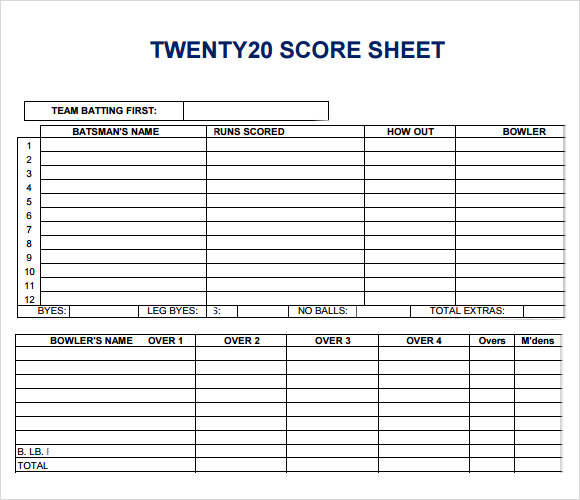Home »
Misc »
How to fill out a basketball score sheet
How to fill out a basketball score sheet
How to Keep a Basketball Score Sheeet
How to Keep a Basketball Score Sheet
Keeping track of the score in basketball games is something that every person involved in the sport does, even if you are just an avid fan watching the match.
But basketball also includes detailed statistical categories other than the points a team compile when they successfully put the ball into the hoop. If you are tasked to be a scorekeeper, you also have to tally rebounds, assists, steals, blocks, turnovers and other important numbers essential in the rules of basketball.
This is not just one of those easy drills as the stats has to be accurate and should not include any discrepancy. If you are new to filling out a basketball stat sheet or you just want to refresh your knowledge of it, then read on as we go through the basics of basketball statistics.
Writing down the players' names and numbers
The first category to fill out consists of the names of the players and their jersey numbers, as well as the names of the coaches.![]() You write down their names on the longest boxes you can see on the stat sheet, then place their numbers on their corresponding small boxes. The boxes for the coaches' names are usually located at the top, right beside the names of the teams. You have to be accurate in writing down their numbers because the referees will do a hand signal of a player's number when he commits a foul.
You write down their names on the longest boxes you can see on the stat sheet, then place their numbers on their corresponding small boxes. The boxes for the coaches' names are usually located at the top, right beside the names of the teams. You have to be accurate in writing down their numbers because the referees will do a hand signal of a player's number when he commits a foul.
Moreover, the number printed at the back of a player's jersey is usually the largest one you can see on his uniform, making it easier for you to tally his points when he scores. In terms of the sequence of the players' names, you can list them down numerically so that you can find them on the stat sheet more quickly. After that, you should mark with an asterisk the starting line-up of each team or basically the first five players fielded in by the coaches. You can do this first category of the stat sheet by yourself, or you can ask the coaches or the managers to write them down for you.
Marking Change of Possesion on a Basketball Stat Sheet
Another important non-statistical category in basketball stat sheets is marking the change of possessions. This occurs in jump-ball situations, but there is a big difference between amateur and professional leagues. In amateur leagues, teams only jump for the ball at the start of the game and to begin an overtime period.
This occurs in jump-ball situations, but there is a big difference between amateur and professional leagues. In amateur leagues, teams only jump for the ball at the start of the game and to begin an overtime period.
If there is a situation when there is a tie-up for the ball, the referees will refer to the scorekeeper to see which team will be rewarded with the possession. That is the main reason why you should be careful in marking this category. It is usually located at the top right corner of basketball stat sheets, in which you encircle the squad who won the first possession.
After that, you then just draw a line through each squad so that you would easily know who will be rewarded with the next possession.
Keeping track of team and individual player points
Now, we dive deep on most vital stat: points. It is the primary reason why we have a stat sheet in basketball. Two essential things to consider is that points are separated into two: team points and individual player points. You record team points through the Running Score section. When a player scores, you just put a slash mark in the corresponding box to keep track of teams' total points. As soon as a quarter ends, you will put the teams' total points in the Quarter Score section. After you record each made basket in the Running Score section, you then proceed to the players' points section. When a player makes a two-point basket, you just write "2" in the box. You write "3" when he successfully hits a three-pointer, then "1" for each free throw made. The individual scores are divided by the four quarters, which means that you have to record somebody's stats under the corresponding quarter.
You record team points through the Running Score section. When a player scores, you just put a slash mark in the corresponding box to keep track of teams' total points. As soon as a quarter ends, you will put the teams' total points in the Quarter Score section. After you record each made basket in the Running Score section, you then proceed to the players' points section. When a player makes a two-point basket, you just write "2" in the box. You write "3" when he successfully hits a three-pointer, then "1" for each free throw made. The individual scores are divided by the four quarters, which means that you have to record somebody's stats under the corresponding quarter.
Recording team and individual player fouls and timeouts
Yet, that is not where basketball stat sheets end. The next critical category you have to track is the fouls. Just like in the scoring section, there are team fouls and players' fouls. When a referee calls a foul, immediately record it at the teams' fouls section so that you would know if they hit the penalty situation. As for the individual fouls, you can see the boxes of the personal fouls beside the scoring section for the players. If someone commits a personal foul, put a slash mark on the "P1" box in the section. If he reaches five fouls, you have to inform the referees because it means that he has fouled out of the game and is not allowed to continue playing. You can also see the technical foul boxes in this section. Should someone be called for a technical foul, put a slash mark on the "T1" box. Bear in mind that a technical foul is also counted on the five allowed fouls for each player, and two technical fouls means that he is ejected from the game. Also, be reminded that timeouts are recorded in the stat sheet. This category is located at the Teams are usually allowed seven timeouts in games, and two timeouts for every quarter. Make sure you got this right so that coaches would know if they have already used up their allowed timeouts.
As for the individual fouls, you can see the boxes of the personal fouls beside the scoring section for the players. If someone commits a personal foul, put a slash mark on the "P1" box in the section. If he reaches five fouls, you have to inform the referees because it means that he has fouled out of the game and is not allowed to continue playing. You can also see the technical foul boxes in this section. Should someone be called for a technical foul, put a slash mark on the "T1" box. Bear in mind that a technical foul is also counted on the five allowed fouls for each player, and two technical fouls means that he is ejected from the game. Also, be reminded that timeouts are recorded in the stat sheet. This category is located at the Teams are usually allowed seven timeouts in games, and two timeouts for every quarter. Make sure you got this right so that coaches would know if they have already used up their allowed timeouts.
Tallying assists, rebounds, steals, blocks, turnovers and field goal attempts
Then, there are the other individual basketball stats that you have to keep track of if the tournament's committee deems it necessary. Usually, basketball stat sheets just record points and fouls under the individual categories. However, there is also the possibility that you need to mark down a player's assists, rebounds, steals, blocks, turnovers and field goal makes and misses. Today's coaches have been very mindful of these statistics as a helpful tool in figuring out the strengths, weaknesses and tendencies of their hoopers. But the thing is you cannot track all these stats alone so you have to ask help from two or three more people to watch the plays and mark down the stats.
Usually, basketball stat sheets just record points and fouls under the individual categories. However, there is also the possibility that you need to mark down a player's assists, rebounds, steals, blocks, turnovers and field goal makes and misses. Today's coaches have been very mindful of these statistics as a helpful tool in figuring out the strengths, weaknesses and tendencies of their hoopers. But the thing is you cannot track all these stats alone so you have to ask help from two or three more people to watch the plays and mark down the stats.
We start with tracking each player's assists. Usually, point guards are the ones who tally the most assists but basketball has become a positionless game so everyone has the chance to dish out assists. When a player passes the ball to his teammate, who then successfully scores, you immediately mark a slash mark on the assists category of that hooper who passed the ball. Another important stat in basketball is the rebounds.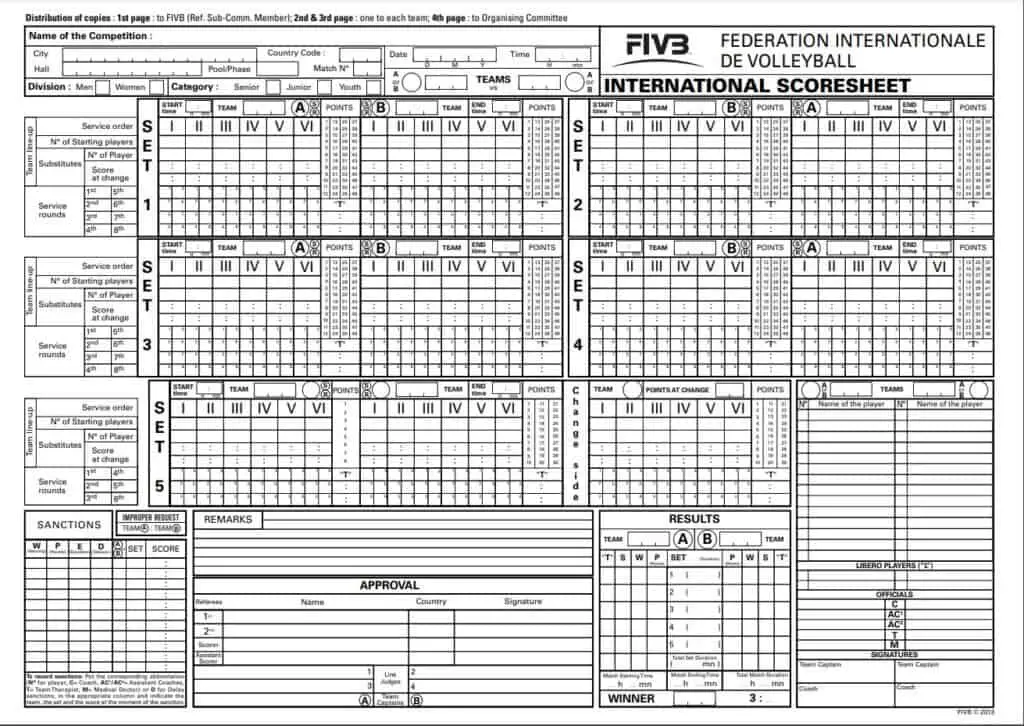 Coaches would always say that a team controls games by controlling the rebounds. As the stats tracker, you have to be alert in identifying which player made the rebound, whether it be on offense or defense. Same with the assists, you just have to put a slash mark at the rebounds category and then just add it up for the total number of rebounds after the game. The next stat categories are defensive stats such as steals and blocks. These defensive stats act as excellent barometer for how players exert tremendous effort on defense, something that has been very underrated because most aspiring basketball athletes only want to score. Again, whenever a defensive player steals the ball or disrupts the passing lane and tips the ball to his teammate, put another slash mark on his corresponding steals section. On the other hand, if defensive players successfully blocks a shot from the opposing team, you just have to do the slash mark you did in the assists, rebounds and steals category.
Coaches would always say that a team controls games by controlling the rebounds. As the stats tracker, you have to be alert in identifying which player made the rebound, whether it be on offense or defense. Same with the assists, you just have to put a slash mark at the rebounds category and then just add it up for the total number of rebounds after the game. The next stat categories are defensive stats such as steals and blocks. These defensive stats act as excellent barometer for how players exert tremendous effort on defense, something that has been very underrated because most aspiring basketball athletes only want to score. Again, whenever a defensive player steals the ball or disrupts the passing lane and tips the ball to his teammate, put another slash mark on his corresponding steals section. On the other hand, if defensive players successfully blocks a shot from the opposing team, you just have to do the slash mark you did in the assists, rebounds and steals category. Coaches put a lot of emphasis in their squad's defense, so expect them to really dive deep in looking at their players' steals and blocks tally.
Coaches put a lot of emphasis in their squad's defense, so expect them to really dive deep in looking at their players' steals and blocks tally.
Then their are the other stats like field goal attempts and turnovers. Coaches would want to know how efficient their players are shooting the basketball, which is the main reason why you also have to tally how many times a hooper has shot the ball. Shots are divided by three sections: two-point shots, three-pointers and free throws. Also be reminded that you don't just keep track of how often a player shoots the ball. You should also mark how many times he has successfully put the basketball into the hoop. Through this, his coaches will be able to know how well he is shooting the basketball. Lastly, you also have to track players' turnovers as this is another barometer that tells how teams are executing their offensive plays during the games. When a player is handling the basketball then the defender from the opposing team steals it from him, that is automatically a tally in his turnovers count. Offensive fouls are also counted as turnovers so make sure to ask referees what kind of fouls they are calling.
Offensive fouls are also counted as turnovers so make sure to ask referees what kind of fouls they are calling.
How to Keep a Basketball Scorebook
Basketball scorebooks allow you to keep a complete record of a game. Utilize them to keep statistics for your team, monitor game information for the coaching staff or serve the official scorer. Track field goals, free throws, personal fouls, technical fouls, timeouts and alternating possessions for held balls in these books.
Filling Out The Roster
Start by putting in correct team information. List the players in numerical order, from the smallest number to the largest. Designate the starters by checking the appropriate box, if your scorebook has one. Make sure the information is listed accurately. Teams that give the official scorer an incorrect roster -- or fill out the official scorebook incorrectly -- can be penalized with technical free throws.
Recording Fouls
Be very sure of foul calls before recording them. If you are an official scorer or you're keeping the book on behalf of the coaching staff, ask officials for a clarification if you are not sure. The official NCAA Scorebook features the numbers 1 2 3 4 5 to the left of the player's name and a box under each numbers. Draw a line through the 1 for the first foul, a line through the 2 for the second foul and so forth. Write the time of each foul under the number, if there is space for it. Chronicle team fouls one by one in the designated area, using the number of the player charged to denote the foul. If you are keeping the book on behalf of the coaching staff, your record-keeping will be vital if there is dispute on foul totals at some point in the game.
If you are an official scorer or you're keeping the book on behalf of the coaching staff, ask officials for a clarification if you are not sure. The official NCAA Scorebook features the numbers 1 2 3 4 5 to the left of the player's name and a box under each numbers. Draw a line through the 1 for the first foul, a line through the 2 for the second foul and so forth. Write the time of each foul under the number, if there is space for it. Chronicle team fouls one by one in the designated area, using the number of the player charged to denote the foul. If you are keeping the book on behalf of the coaching staff, your record-keeping will be vital if there is dispute on foul totals at some point in the game.
Recording Technical Fouls
Learn the technical foul rules at your level of competition; in some cases a technical foul also counts as a personal foul. Record technical fouls in a separate area with a notation on the time, the type of technical foul and which individual received it -- unless it was a bench technical on no one person.
Tracking Time Outs
Tracking timeouts is another critical function if you're keeping the scorebook for a team. Keep a count in the space allotted and add the time of the stoppage under the notation if you can. Differentiate between a regular timeout and a 20-second timeout, if there are such things at your level.
Documenting Individual Scoring
For regular field goals, put down a 2 in the player's column for that quarter or half. For 3-point field goals, put down a 3. For a free throw attempt, put down a 0. For a made free throw attempt, put a X inside that 0. For two-shot fouls, connect the 0s with a small "v" underneath them. For one-and-one foul calls, connect the 0s with an inverted "v" on top. If a player misses the front end of the one-and-one, you would put down a 0, attach the inverted "v" on top and leave the second spot blank -- because the player did not get the second shot.
Providing Team Totals
For the team totals, add up the number of regular field goals in each quarter or half and put down that number with (2) next to it in the total box. Add up the 3-point field goals and put (3) next to that number in the total box. In the free throw column, add up the makes and misses and put those numbers in the total box. Then add up the game totals in the total boxes underneath the individual player summaries.
Add up the 3-point field goals and put (3) next to that number in the total box. In the free throw column, add up the makes and misses and put those numbers in the total box. Then add up the game totals in the total boxes underneath the individual player summaries.
Recording Running Score
Keep a running score if your scorebook has an easy format for that. In the Official NCAA Scorebook, there are numbers 1 through 136 displayed for this purpose. If player makes a basket to give his team 16 points for the game, draw a line through the 16 and put the player's number under that. Record the time of the basket as well, if you want that much detail.
Although the Official NCAA Scorebook doesn't include columns for missed field goals, assists, rebounds, blocked shots and steals, you can keep those statistics too. One simple way to track missed shots is to put down a 1, 2 or 3 for each free throw, field goal and three-point shot taken. Then circle the shots that are made.
Basketball rules: protocol.

⋆ Obasketbole.ru
Pic. 8 Protocol
B.1 The protocol shown in Fig. 8, approved by the FIBA Technical Commission.
B.2 It consists of 1 original and 3 copies on different colored paper.
Original on white paper intended for FIBA. The first copy on blue paper is for the host organization, the second copy on pink paper is for the winning team, and the last copy on yellow paper is for the losing team.
Note: 1. It is recommended that the scorer use 2 different colors of pens, one for the first and third periods and one for the second and fourth periods.
2. The protocol can be prepared and completed electronically.
B.3 Not later than 20 minutes before the start of the game the scorer must prepare the score sheet as follows:
B.3.1 He must record the names of both teams in the appropriate boxes at the top of the score sheet. Team ‘A’ is always recorded as the local team (host team) or the team listed first on the schedule (for tournaments or games played on a neutral playing ground). The other command is command 'B' .
The other command is command 'B' .
B.3.2 Then the scorer should write down:
• Name of the competition.
• Serial number of the game.
• Date, time and place of the game.
• Names of the chief judge and judge(s).
9 Protocol header
B.3.3 Command 'A' is at the top of the protocol, and command 'B' is
at the bottom.
B.3.3.1 In the first column, the scorer must record the license number (last 3 digits) of each player. For tournaments, a player's license number is only shown for the first game of their team.
B.3.3.2 In the second column, the scorer must PRINT the name and initials of each player in jersey order, using the list of team members provided by the coach or his representative. The team captain is indicated by the entry (CAP.) immediately after his last name.
B.3.3.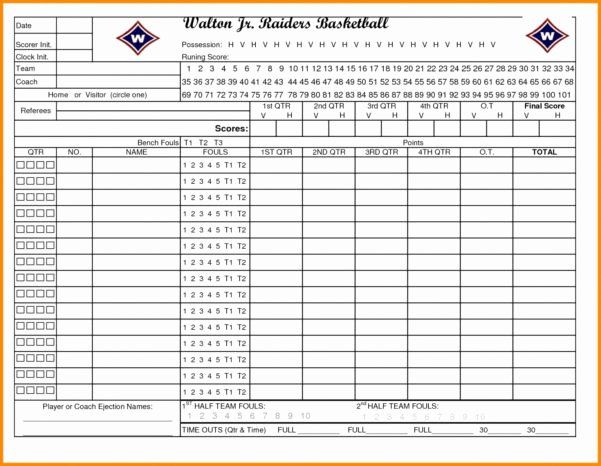 3 If the team is represented by less than 12 players, the scorer must cross out the empty columns in the score sheet.
3 If the team is represented by less than 12 players, the scorer must cross out the empty columns in the score sheet.
B.3.4 At the bottom of the section for each team, the scorer should enter (PRINT) the names of the team's coach and assistant coach.
B.4 Not later than 10 minutes before the start of the game both coaches must:
B.4.1 Confirm their agreement with the names and corresponding numbers of their team members.
B.4.2 Confirm the names of the coach and assistant coach.
B.4.3 Specify the 5 players who should start the game by placing a small ‘x’ next to the player’s number in the ‘Ac. in Game'.
B.4.4 Sign the protocol.
Team ‘A’ coach must be the first to provide this information.
B.5 At the start of the game the scorer must circle an ‘x’ for the 5 players of each team who start the game.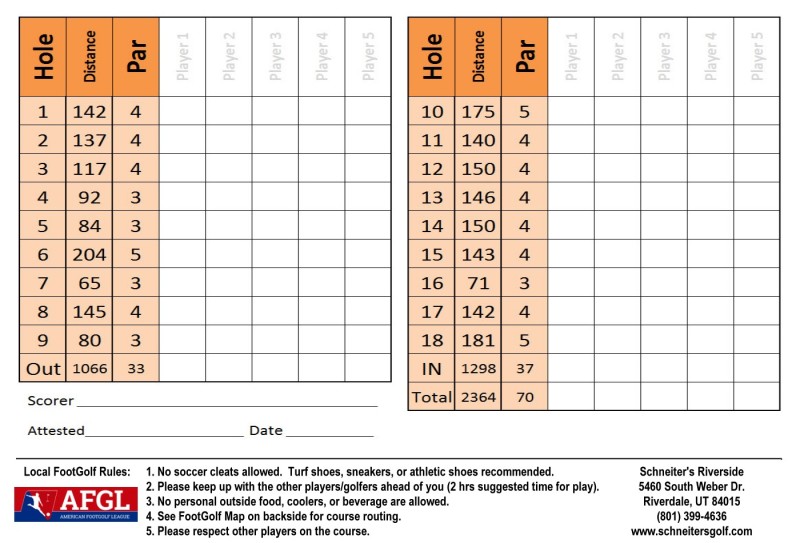
B.6 During the game the scorer must place a small ‘x’ next to the player’s number in the ‘Ac. in game’, without circling him, when the substitute first enters the game as a player.
Fig. 10 Teams on the score sheet
B.7 Time-outs
B.7.1 Time-outs granted must be recorded on the score sheet by entering the minute of playing time of the period or extra period in the appropriate boxes below the team names.
B.7.2 At the end of each half and extra period, 2 parallel horizontal lines are drawn inside the unused cells. In the event that a team is not granted its first time-out before the last 2 minutes of the second half, the scorer shall draw 2 horizontal lines in the first box for the second half of that team.
B.8 Fouls
B.8.1 A player's fouls may be personal, technical, unsportsmanlike or disqualifying and must be entered against the player's last name.
B.8.2 Team bench fouls may be technical or disqualifying fouls and must be recorded against the coach's name.
B.8.3 All fouls shall be recorded as follows:
B.8.3.1 A personal foul is indicated by the entry of the letter 'P'.
B.8.3.2 A technical foul against a player is indicated by writing a 'T'. A second technical foul is also indicated by writing a 'T' followed by a 'GD' disqualification for that game in the next box.
B.8.3.3 A technical foul against a coach for personal unsportsmanlike conduct is indicated by the entry of the letter 'C'. A second such technical foul is also indicated by writing 'C' followed by 'GD' in the next box.
B.8.3.4 A technical foul against a coach for any other reason is indicated by the entry of the letter 'B'. A third technical foul (one of which may be 'C') is indicated by writing the letter 'B' or 'C' followed by 'GD' in the next box.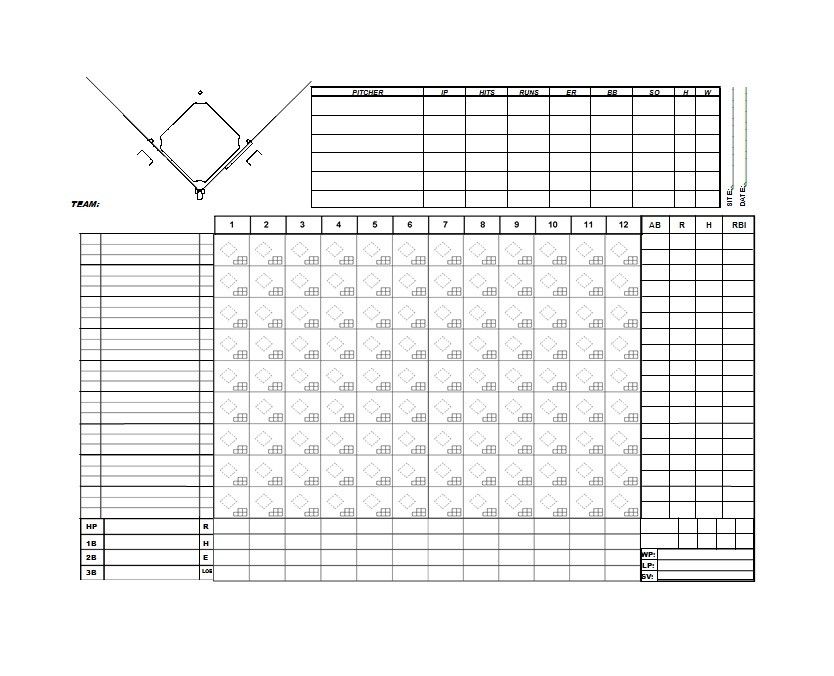
B.8.3.5 An unsportsmanlike foul against a player is indicated by writing a 'U'. A second unsportsmanlike foul is also indicated by writing 'U' followed by 'GD' in the next box.
B.8.3.6 A disqualifying foul is indicated by writing the letter ‘D’.
B.8.3.7 Any foul incurring a penalty of free throw(s) is indicated by adding a subscript with a number corresponding to the number of free throws (1, 2 or 3) adjacent with 'P', 'T', 'C', 'B', 'U' or 'D'.
B.8.3.8 All fouls against both teams attracting penalties of the same severity and offset in accordance with Art. 42 shall be indicated by adding a small letter 'c' next to 'P', 'T', 'C', 'B', 'U' or 'D'.
B.8.3.9 At the end of each period, the scorer must draw a thick line separating the used spaces from those that remain unused.
At the end of playing time, the scorer must cross out the remaining empty cells with a bold horizontal line.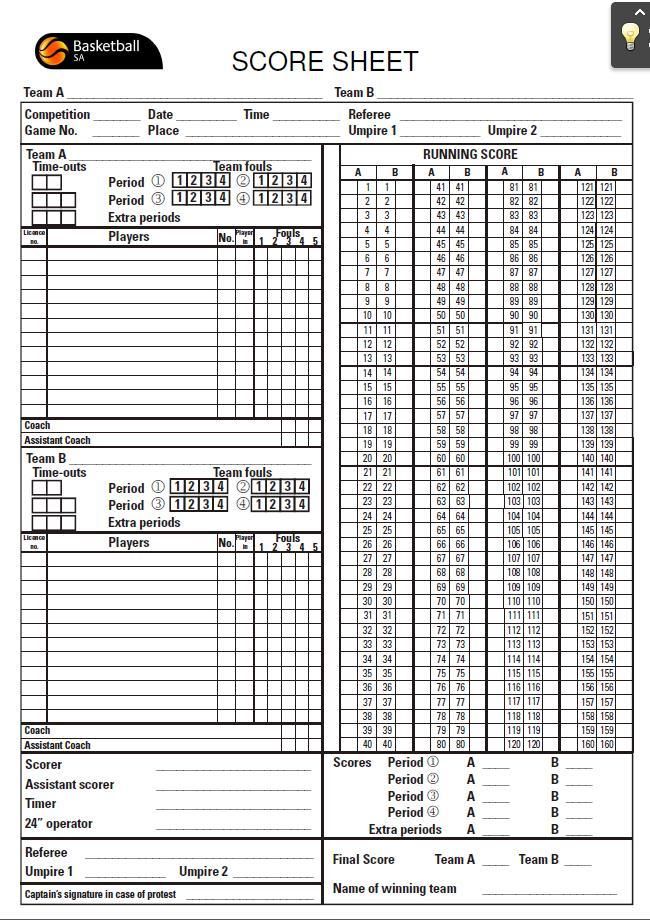
B.8.3.10 Examples of disqualifying fouls to persons on the command bench:
Dispensing folus is recorded as follows:
Dispensing foul assistant to the assistant to the assistant as the following:
Discalitable foller to the excluded player after the fifth foul is recorded as follows:
AND
B.8.3.11 Examples of disqualifying fouls (Fighting):
Disqualifying fouls against team bench personnel for leaving the team bench area (Art. 39) must be filed as follows. An 'F' shall be entered in all remaining Inequalified Person foul spaces.
If only the coach is disqualified:
If only the assistant coach is disqualified:
If both coach and assistant coach are disqualified:
If the substitute has fewer than 4 fouls then an 'F' must be entered in all remaining foul spaces:
If this is the substitute's fifth foul then an 'F' must be entered inside the last foul space:
If the excluded player has already committed 5 fouls (left the playing court) then the letter 'F' shall be entered in the column after the last foul: foul:
Note: Technical or disqualifying fouls under Art.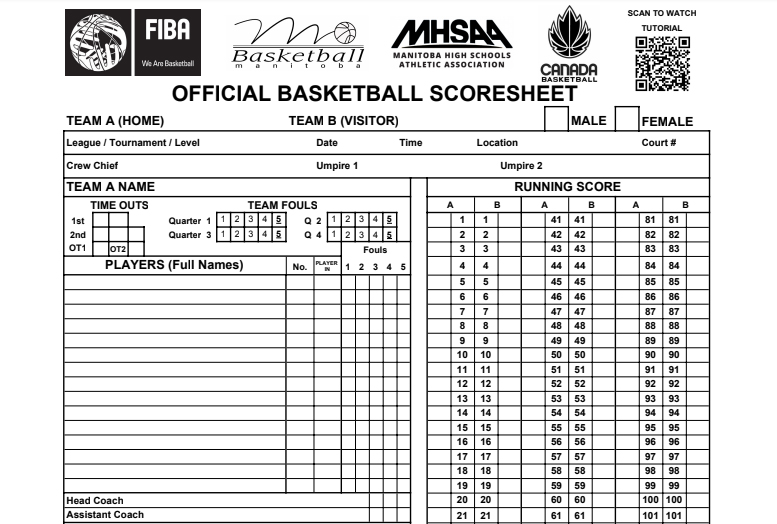 39 are not considered team fouls.
39 are not considered team fouls.
B.9 Team fouls
B.9.1 For each period, there are 4 spaces on the scoresheet (below the team name and above the names of the players) to record team fouls.
B.9.2 Whenever a player commits a personal, technical, unsportsmanlike or disqualifying foul, the scorer shall record the foul on that player's team by crossing out the corresponding boxes in turn with a large 'X'.
B.10 Current score
B.10.1 The scorer must record the chronological change in the total number of points scored by each team.
B.10.2 There are 4 columns in the protocol for changing the score.
B.10.3 Each column is divided into 4 vertical columns. The 2 columns on the left are for the 'A' team, and the 2 columns on the right are for the 'B' team. The central columns are reserved for the current score (160 points) for each of the teams.
The scorer must:
• First draw a diagonal line '/' for any valid field goal and a dark circle '●' for any valid free throw made over of the new total points for the team that threw the ball.
• Then in the empty cell on the same side where the new total number of points is marked (next to the new '/' or '●' sign), write down the number of the player who scored the ball from the field or free throw.
B.11 Current Score: Additional Instructions
B.11.1 A 3-point field goal must be marked with a circle around the player's number.
B.11.2 A field goal accidentally scored by a player in his own basket is recorded as field goal by the captain of the opposing team on the playing court.
B.11.3 The points scored when the ball does not enter the basket (Art. 31) must be credited to the player who took the throw.
B.11.4 At the end of each period, the scorer shall draw a bold circle ' o ' ' ' o ' ' the final number of points scored by each team, and then draw a bold horizontal line under these scores and under the numbers of the last players scored .
B.11.5 At the beginning of each period, the scorer continues to mark the score in chronological order from where he left off.
B.11.6 Whenever possible, the secretary should check the current score on the score sheet with the scoreboard. If there is a discrepancy and his score is correct, the scorer must immediately take steps to correct the scoreboard. If there is any doubt or one of the teams disagrees with the correction, the scorer must inform the referee as soon as the ball becomes dead and the game clock stops.
B.12 Current account: Summing up
B.12.1 At the end of each period, the secretary must record the score of this period in the appropriate column at the bottom of the protocol.
Fig. 12 Summing up
B.12.2 At the end of the game, the scorer draws 2 thick horizontal lines under the total number of points scored by each team, as well as the numbers of the players who scored the last points.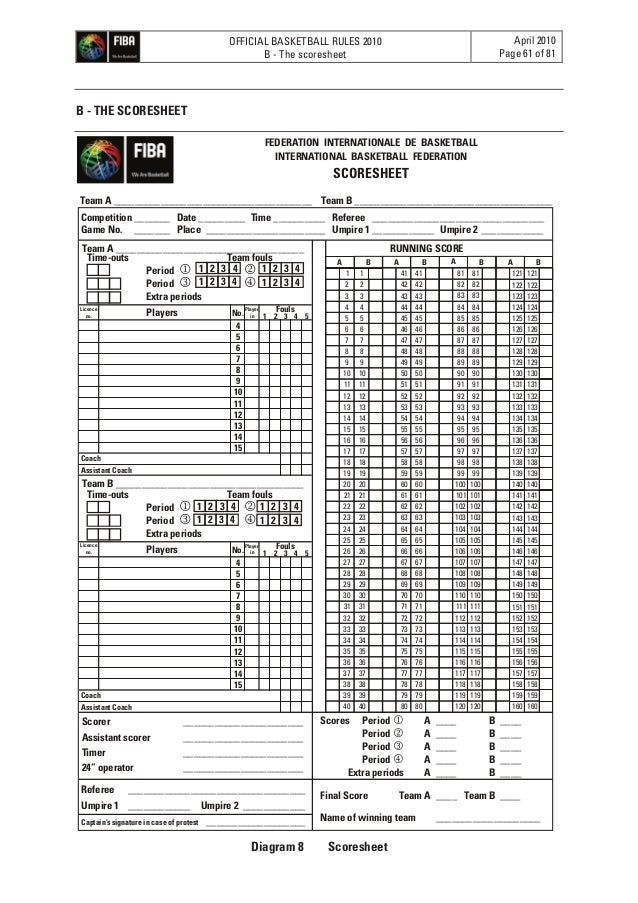 He must also draw a diagonal line to the end of the column, crossing out the remaining numbers (current score) for each team.
He must also draw a diagonal line to the end of the column, crossing out the remaining numbers (current score) for each team.
B.12.3 At the end of the game, the scorer must record the final score and the name of the winning team.
B.12.4 The scorer shall then print his or her name on the score sheet after the assistant scorer, timekeeper and shot clock have done so.
B.12.5 After the score sheet has been signed by the referee(s), the chief referee must be the last to approve and sign it. This action means the end of the game jurisdiction of the referees and their connection with the game.
Note : In the event that one of the captains (CAP.) signs the score sheet in connection with a protest (in the column 'Signature of the captain in case of protest'), the table officials and the referee(s) must remain at the disposal of the chief referee until he gives them permission to leave.
Fig. 13 The lower part of the protocol
Physical education lesson on the topic "Keeping and filling out the basketball protocol during the game"
Purpose:
teach students to fill out the basketball protocol during the game
Tasks:
Educational: 1. Consolidate knowledge of official gestures in basketball. 2. Maintaining and filling out the protocol for basketball during the game.
Developing: To develop the ability to freely navigate the basketball protocol and fill it in during the game.
Educational: To foster the desire to improve professional qualities in the field of basketball.
Lesson type: combined.
Methods: frontal, group, verbal: story;
visual: video, slides;
practical: work with the protocol.
Literature: Yu. D. Zheleznyak, Sports Games.
"Official Basketball Rules 2012", developed by the FIBA World Technical Commission: President - Suurkask Valdu (Estonia).
Russian text - President of the RSE - Sergey Chernov.
Equipment: two-color pens, basketball protocol, computer, interactive whiteboard.
LESSON PROGRESS.
1. Organizing moment.
Hello, have a seat. Today the topic of our lesson is "Maintaining and filling out the protocol for basketball during the game." In the lesson, we will work on filling out the protocol for basketball. But in order to correctly fill out the protocol, you need to know a lot of gestures with which the referees communicate on the site and at the scorer's table. To do this, we will repeat the material covered in the last lesson - remember the gestures of the judges.
2. Repetition of the material covered.
(Slides "Gestures of referees in basketball")
Names of gestures appear on the board - students must show the gesture.
3. Learning new material.
These gestures are an integral part of the communication between the referees and the scorer.
So, let's now write down the main duties of the secretary related to the minutes.
(Slides are the main requirement when filling out the protocol).
Good. And now we will move on to the next stage of today's lesson - filling out the protocol.
It consists of one original and three copies on paper of different colors. The original on white paper is intended for FIBA. The first copy on blue paper is for the host organization, the second copy on pink paper is for the winners, and the last copy on yellow paper is for the losing team.
The Secretary makes all entries in the Protocol using pens of two different colors - one for the first and third periods, the other for the second and fourth periods.
The protocol can be prepared and completed electronically.
Not later than 20 minutes before the start of the game, the Secretary must prepare the Protocol as follows:
At the top of the Protocol, he must write down the names of both teams.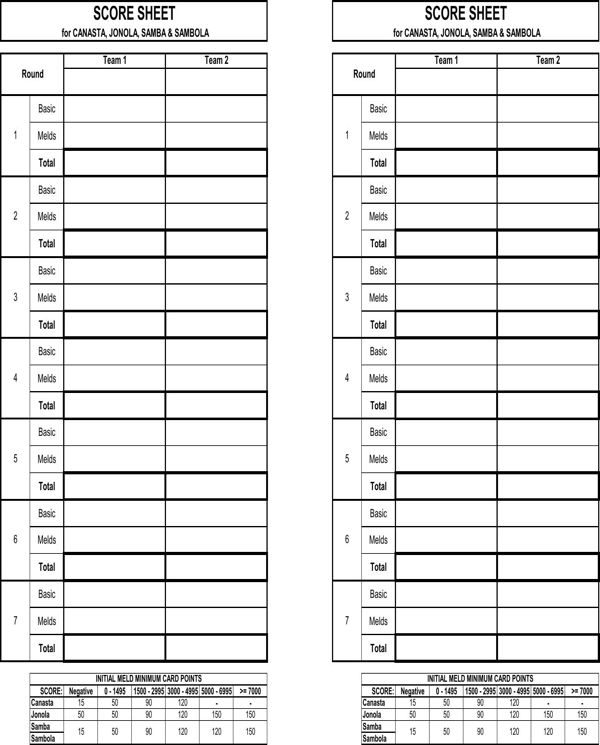 The local team (hosts) is always entered first.
The local team (hosts) is always entered first.
In the case of tournaments or matches played at a neutral venue, the team listed first on the program will be listed first.
The first team is referred to as the 'A' team and the second team as the 'B' team.
Secretary must write down:
The name of the competition.
The serial number of the game.
Date, time and place of the game.
Surnames of the Chief Judge and the Judge.
Team. A ___________________________ Team B __________________________
The Secretary then writes down the names of the members of both teams using the list of players provided by the Coach or his representative. Team 'A' occupies the top of the Protocol, team 'B' the bottom.
In the first column, the Secretary records the number (last 3 digits) of each Player's license. For tournaments, the Player's license number is only indicated for the team's first game.
In the second column, the Scorer shall print the names of the Players and initials next to the corresponding number of the Player under which he will play.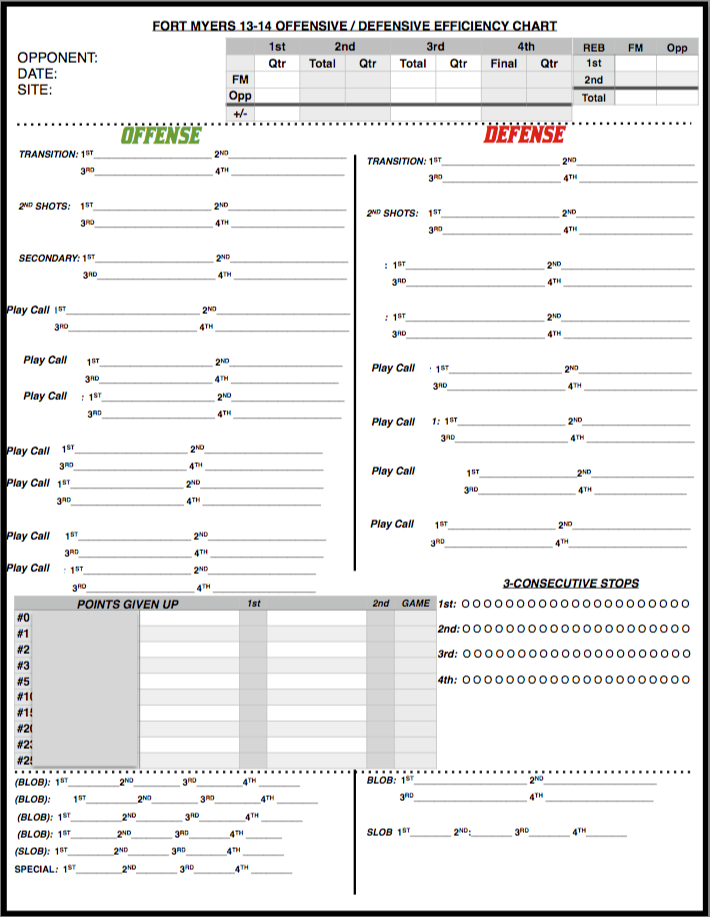 The team captain is indicated by the entry (CAP.) immediately after his last name.
The team captain is indicated by the entry (CAP.) immediately after his last name.
If there are less than 12 Players in the team, the Secretary will cross out empty spaces in the Protocol in the columns of the license number, surname, number, etc. of the Player(s) who does not take part in the game.
At the bottom of the section for each team, the Secretary prints the names of the Coach and Assistant Coach.
At least 10 minutes before the start of the game Coaches must:
Confirm your agreement with the names and corresponding numbers of your team members.
Confirm the names of the Coach and Assistant Coach.
Designate five (5) Players who will start the game by placing a small 'x' next to the Player's number in the "Account in Game" column.
Sign Protocol.
Team 'A' coach must be the first to provide this information.
At the start of the game, the Scorer shall circle an 'x' for the five (5) players of each team who start the game.